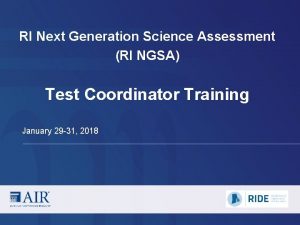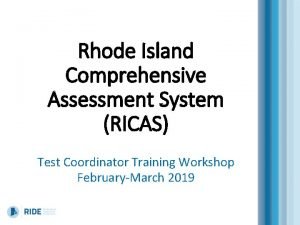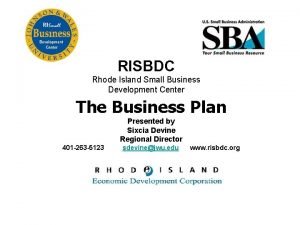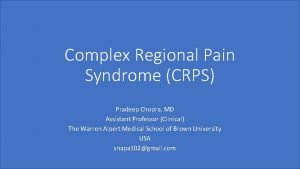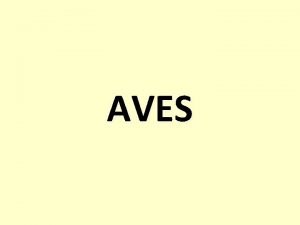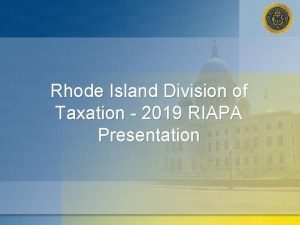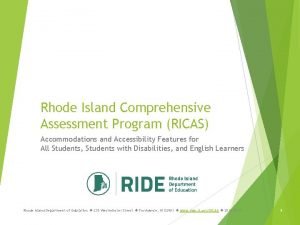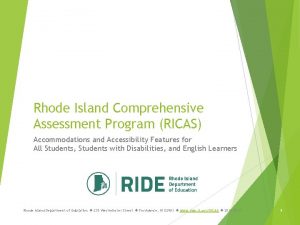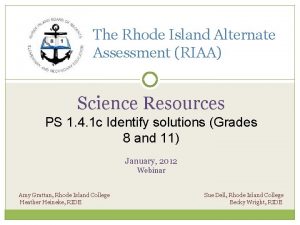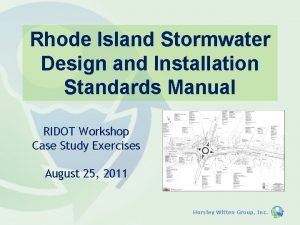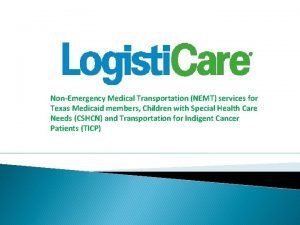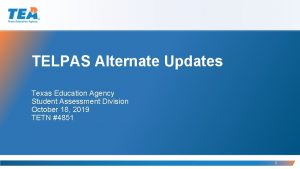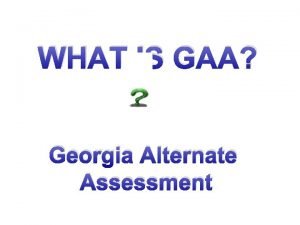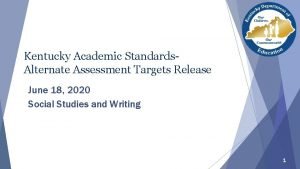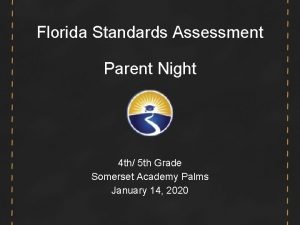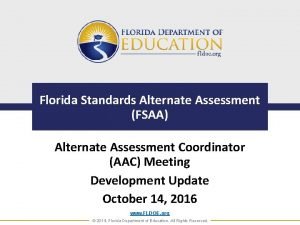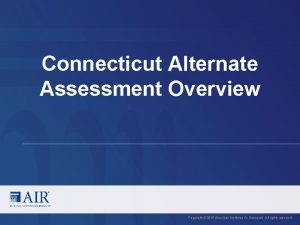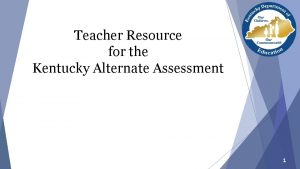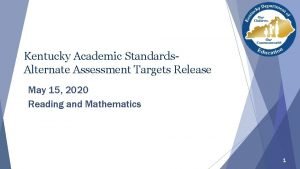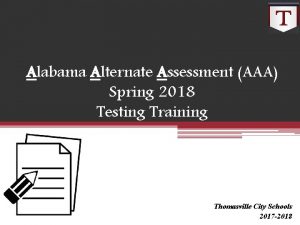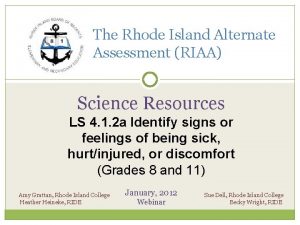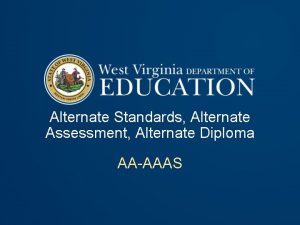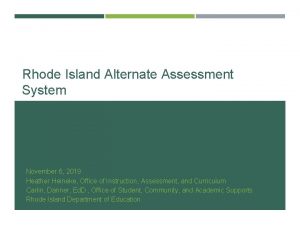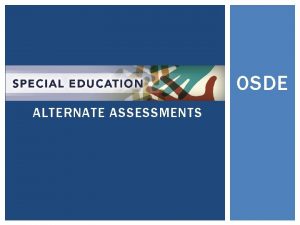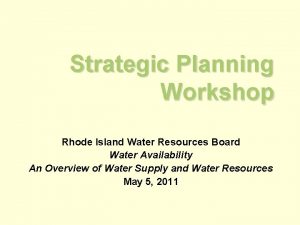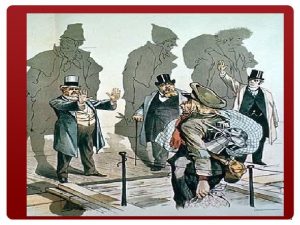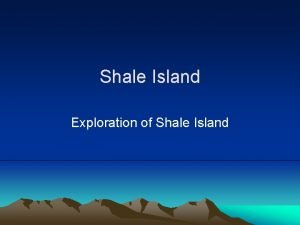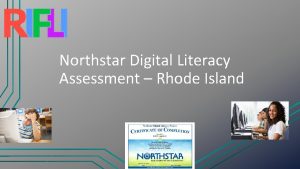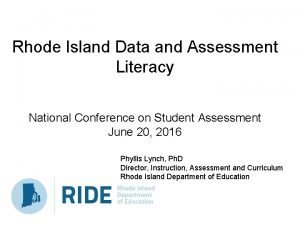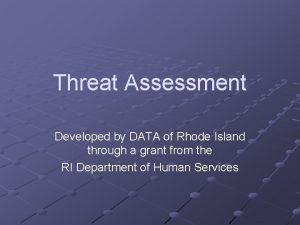The Rhode Island Alternate Assessment RIAA Science Resources


























- Slides: 26

The Rhode Island Alternate Assessment (RIAA) Science Resources PS 1. 4. 1 c Identify solutions (Grades 8 and 11) January, 2012 Webinar Amy Grattan, Rhode Island College Heather Heineke, RIDE Sue Dell, Rhode Island College Becky Wright, RIDE

Today’s Agenda 2 Contact Information 2. RIAA Resources on the Web 3. Science Content 4. Additional Resources 1.

Contact Information for the RIAA Team 3 Heather Heineke: RIDE: Office of Instruction, Assessment, & Curriculum heather. heineke@ride. ri. gov or 222 -8493 Becky Wright: RIDE: Office of Student, Community, & Academic Supports becky. wright@ride. ri. gov or 222 -4693 Susan Dell: Rhode Island College: The Sherlock Center sdell@ric. edu or 456 -8557 Amy Grattan: Rhode Island College: The Sherlock Center agrattan@ric. edu or 456 -8072 Marcia Tibbetts: Measured Progress, Project Manager tibbetts. marcia@measuredprogress. org; 800 -431 -8901 Jane Twombly: Measured Progress, Assessment Support twombly. jane@measuredprogress. org; 800 -431 -8901 Kevin Froton: Measured Progress, Pro. File Support Tech. Pro. File@measuredprogress. org; 800 -431 -8901

More RIAA Resources on the Web Sherlock Center: Science Resources www. ric. edu/sherlockcenter/lessons. html Sherlock Center: Adapted Literature www. ric. edu/uap/resourcelib. html Rhode Island Department of Education www. ride. ri. gov/assessment/Altassessment. aspx Measured Progress Pro. File www. measuredprogress. org/assessments/clients/rhodeisland. html 4

Description of Students at Three Ability Levels 5

Science AAGSE Resources PS 1. 4. 1 c Identify solutions

What are solutions? A solution is a homogeneous collection of two or more substances. Solutions have an even concentration throughout the system. An example: Sugar in water vs. Sand in water. Sugar dissolves and is spread throughout the glass of water. The sand sinks to the bottom. The sugar-water could be considered a solution. The sand-water is a mixture. Solutions can be: solids dissolved in liquids gases dissolved in liquids (such as carbonated water) liquids in liquids. 33

Key Terms SOLUTION: a homogeneous collection of two or more substances. SOLUTE: the dissolved substance SOLVENT: the dissolving substance 8

Overview of the PS 1. 4. 1 c Investigation Observe/Question: § Read a book related to the topic § Review some mystery substances such as: red substance (Kool. Aid), brown substance (sand), or yellow liquid (oil) § Students develop a hypothesis related to the topic such as “Red powder and water will not become a solution. ” Plan: § Students selected two substances they would mix together. § Students marked their data collection sheet. § Students identified the tools needed and/or the data to be taken in the investigation 9

Overview of the PS 1. 4. 1 c Investigation Conduct § Students follow a procedure to the investigation 1 - mix two substances together 2 - stir for one minute 3 - observe 4 - write down results § Students summarize the findings Analyze § Review the hypothesis and analyze whether it was supported by the results found during the conducting part of the investigation 10

Assessing Student Science Knowledge 11 PS 1. 4. 1 C IDENTIFY SOLUTIONS

12 Example of Student Work for a Higher-Level Student Penny is given three opportunities to identify solutions

13 Example of Student Work for a Middle-Level Student Jacob is given three opportunities to identify solutions

14 Example of Student Work for a Lower-Level Student assists in the stir/shaking Student is shown the three bottles and touches the solutions Student Work Photograph showing student selecting the solutions placed on the Photo Evidence Documentation form.

Assessing Inquiry Construct: Grade 8 15 TWO CHOICES AT GRADE 8 PLANNING: IDENTIFY THE INFORMATION/EVIDENCE THAT NEEDS TO BE COLLECTED AND/OR TOOLS TO BE USED IN ORDER TO ANSWER A QUESTION AND/OR CHECK A PREDICTION OR CONDUCTING: USE DATA TO SUMMARIZE RESULTS

PLANNING: Identify the information/evidence that needs to be collected and/or tools to be used in order to answer a question and/or check a prediction This Inquiry Construct might be addressed by: Students select the tools that they will need to collect data for the investigation and/or Students identify the information they will need to observe to take data to check their prediction. 16

17 Example of Student Work for a Higher-Level Student Penny identifies the three tools needed and identifies the data to be collected in this investigation

18 Example of Student Work for a Middle-Level Student Jacob identifies the three tools needed for this investigation

PLANNING: Identify the information/evidence that needs to be collected and/or tools to be used in order to answer a question and/or check a prediction INQUIRY CONSTRUCT Jennifer was science tools and was asked to choose the tools needed for this investigation. Student Work – Photo of Jennifer choosing tools attached to the Photo Evidence Documentation form. 19

Assessing Inquiry Construct: Grade 11 20 TWO CHOICES AT GRADE 11 CONDUCTING: USING ACCEPTED METHODS OF ORGANIZING, REPRESENTING, AND/OR MANIPULATING DATA OR ANALYZING: USE EVIDENCE TO SUPPORT AND/OR JUSTIFY INTERPRETATIONS AND/OR CONCLUSIONS OR EXPLAIN HOW THE EVIDENCE REFUTES THE HYPOTHESIS.

Grade 11 CONDUCTING: Using accepted methods of organizing, representing, and/or manipulating data 21 This Inquiry Construct might be addressed by: • • Students chart the results from the 3 trials of the investigation on solutions The students are assessed on their skills to represent the data on their data table.

Grade 11 CONDUCTING-Higher level learner Using accepted methods of organizing, representing, and/or manipulating data 22 INQUIRY CONSTRUCT Penny was given 6 opportunities to represent the data correctly on the chart. Did Penny put the data on the correct place of the table? There were 6 items of data.

Grade 11 CONDUCTING-Middle level learner Using accepted methods of organizing, representing, and/or manipulating data 23 INQUIRY CONSTRUCT Jacob was given 6 opportunities to represent the data correctly on the chart. Did Jacob put the data on the correct place of the graph? There were 6 items of data.

Grade 11 CONDUCTING-Lower level learner Using accepted methods of organizing, representing, and/or manipulating data 24 INQUIRY CONSTRUCT Jennifer was given 3 opportunities to represent her data organizing her data into “SOLUTIONS” OR “NOT SOLUTIONS” trays.

The End 25 This concludes the PS 1. 4. 1 c Science Investigation webinar on Identifying Solutions. Additional resources from this webinar can be found on the Sherlock Center Website: http: //www. ric. edu/sherlockcenter/lessons. html

Sherlock Center Additional Resources 26
 Ngsa test
Ngsa test Ricas pearson
Ricas pearson Napster software
Napster software Rhode island business development
Rhode island business development Ri board of governors
Ri board of governors Interesting facts rhode island
Interesting facts rhode island Dr chopra rhode island
Dr chopra rhode island Pombo torcaz vias extinção
Pombo torcaz vias extinção Does logisticare pay weekly or biweekly
Does logisticare pay weekly or biweekly Rhode island
Rhode island Rhode island environmental police
Rhode island environmental police Ricas english language arts
Ricas english language arts Stem cell therapy rhode island
Stem cell therapy rhode island Ricas reference sheet
Ricas reference sheet Rhode island comprehensive assessments system
Rhode island comprehensive assessments system Rhode island stormwater manual
Rhode island stormwater manual Medical transportation management rhode island
Medical transportation management rhode island Telpas alt observable behaviors inventory
Telpas alt observable behaviors inventory Georgia alternative assessment
Georgia alternative assessment Virginia asol
Virginia asol Ky alternate assessment standards
Ky alternate assessment standards Florida alternate assessment portal
Florida alternate assessment portal Fsaa practice test
Fsaa practice test Ct alternate assessment training portal
Ct alternate assessment training portal Srd alternate assessment
Srd alternate assessment Kentucky alternate assessment standards
Kentucky alternate assessment standards Aaa receipt
Aaa receipt
